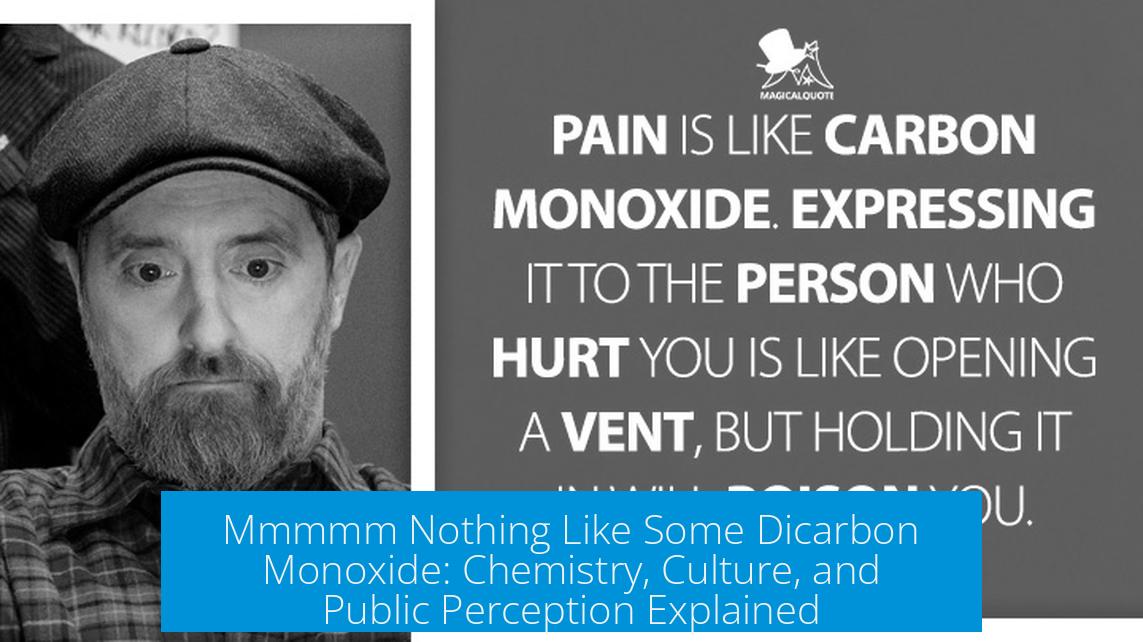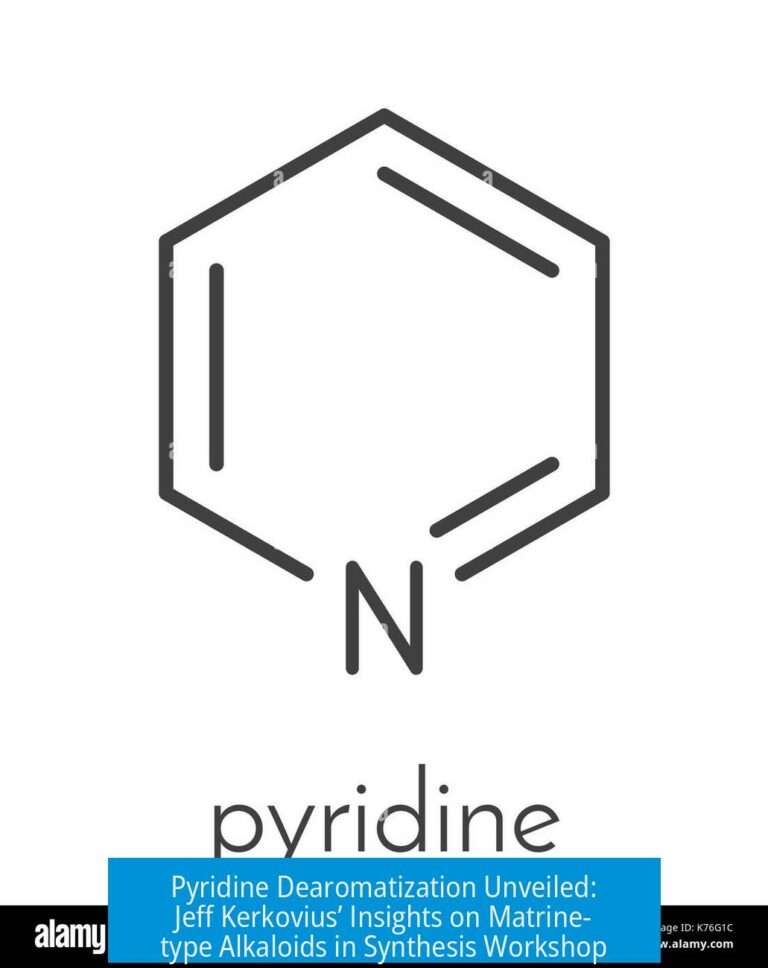Mmmmm Nothing Like Some Dicarbon Monoxide: Understanding the Chemistry and Culture
Dicarbon monoxide is not a standard chemical name and often relates to humorous misunderstandings or playful marketing rather than a precise chemical substance.
Chemical Identification and Nomenclature
Dicarbon monoxide (CO)2 is an uncommon term, not widely recognized in official chemical nomenclature. The familiar carbon monoxide (CO) consists of one carbon and one oxygen atom. The addition of “dicarbon” suggests two carbons; however, such a compound is rarely discussed under this name. The actual chemical formula for a molecule containing two carbons and one oxygen would more likely be dicarbonyl or a different functional group.
A user comment questioning the formula “Shouldn’t it be (CO)2NUt H2O?” reflects confusion or humor. It draws curiosity toward the correct representation, but no stable molecule corresponds precisely to dicarbon monoxide in standard chemistry. The linked Wikipedia entry might clarify related terms, but the phrase is often a source of playful misunderstanding.
Marketing and Public Perception of ‘Dicarbon Monoxide’
In marketing, unfamiliar or scientific-sounding terms are occasionally used to create intrigue or appeal. The term “dicarbon monoxide” sometimes appears on product labels, exploiting chemical-sounding language to attract attention or suggest sophistication.
- Some comments mock marketing strategies, saying marketing majors misuse chemistry to increase sales rather than inform.
- Sarcastic remarks about bullet points and product promotion highlight how marketing prioritizes sales over accuracy.
These observations have a kernel of truth. Scientific illiteracy can permit the spread of misinformation disguised as credible content. This misuse affects public understanding of chemistry.
Chemical Awareness and the Role of Chemists
Experts emphasize the importance of correcting chemical errors in public spheres. Chemists have a responsibility to address misconceptions, whether in media, advertising, or social discussions.
Failure to do so contributes to chemophobia, a public fear or distrust of chemicals rooted in misunderstanding. Chemophobia influences poor policy decisions, public health fears, and rejection of beneficial chemical products.
Efforts to intervene include:
- Writing letters to editors or public comments correcting inaccuracies
- Engaging in educational outreach to clarify chemical terminology
- Promoting accurate chemical literacy to the general population
Personal Reactions and Humor
The phrase “dicarbon monoxide” often triggers humorous or confused reactions in both chemists and laypeople. For example, a warehouse worker recalls seeing a pallet of products labeled “Dicarbon Monoxide,” sparking recognition and amusement after analyzing the name.
Others joke that the “extra C stands for coconut,” blending humor with chemical terms. Such comments reveal both genuine chemical knowledge and playful misinterpretation.
Additionally, lighthearted remarks include:
- Claims about gluten-free status linked to the compound
- Comments contrasting “neutral pH” of the product with harmful substances like sulfuric acid
- Creative ideas about new soda flavors inspired by the name
Summary of Key Points
- Dicarbon monoxide lacks a formally recognized chemical identity; it is often a humorous or marketing term
- Chemical formulas and nomenclature confusion fuel jokes and misunderstandings
- Marketing sometimes misuses chemistry to create appealing but misleading product labels
- Chemists bear a civic duty to correct misinformation to prevent chemophobia and public misunderstanding
- Public reactions blend humor with occasional real curiosity and confusion about chemical substances
Understanding the origin and implications of “dicarbon monoxide” helps clarify the boundaries between genuine chemical terminology and playful language. Awareness and education reduce misconceptions and improve scientific communication.
What is dicarbon monoxide and why is its chemical formula confusing?
Dicarbon monoxide is a real chemical compound with the formula C2O. The confusion arises because some people mistakenly combine it with water or misinterpret its name, mixing it up with carbon monoxide or other compounds.
Why do people joke about the “extra C” in dicarbon monoxide?
Some jokes say the extra carbon stands for “coconut,” playing on the name. This humor highlights misunderstandings or misuses of chemistry terms in casual settings.
How does marketing affect public understanding of dicarbon monoxide?
Marketing often uses catchy or misleading names, which can confuse consumers. This can lead to misunderstandings about chemicals and increase chemophobia or poor public policy decisions.
What responsibility do chemists have when they see incorrect chemical labels like “dicarbon monoxide”?
Chemists are encouraged to correct chemical errors publicly, such as in comments or letters. Doing so helps reduce misinformation and improves public chemical literacy.
Are there any humorous or unusual reactions to the appearance of dicarbon monoxide in stores?
Yes, some people find the label funny or strange. For example, one person recognized the name at work and couldn’t stop noticing it afterward, showing how chemistry knowledge changes perception.





Leave a Comment